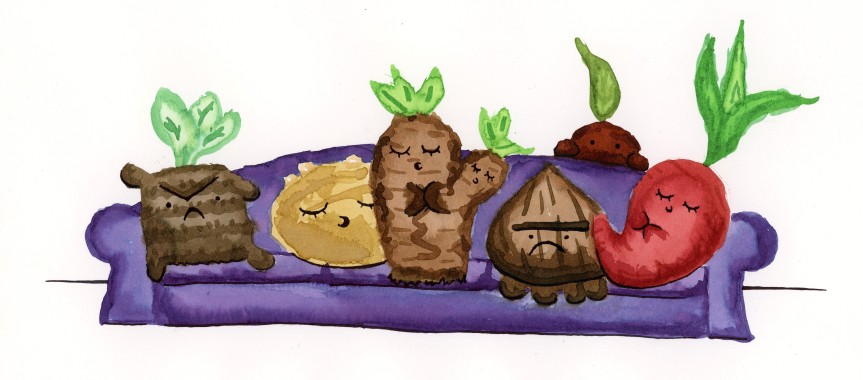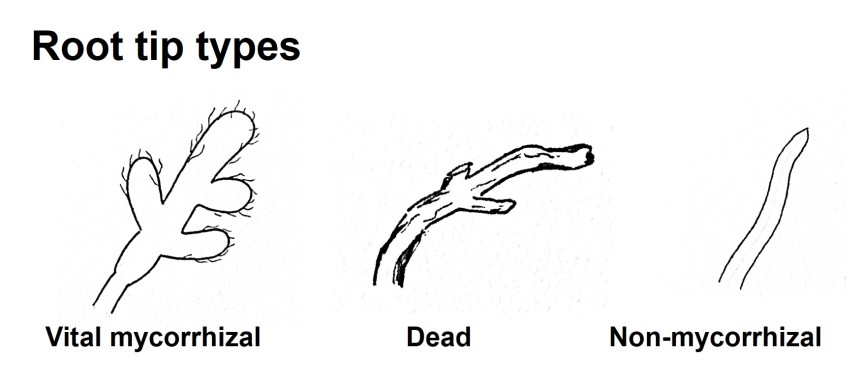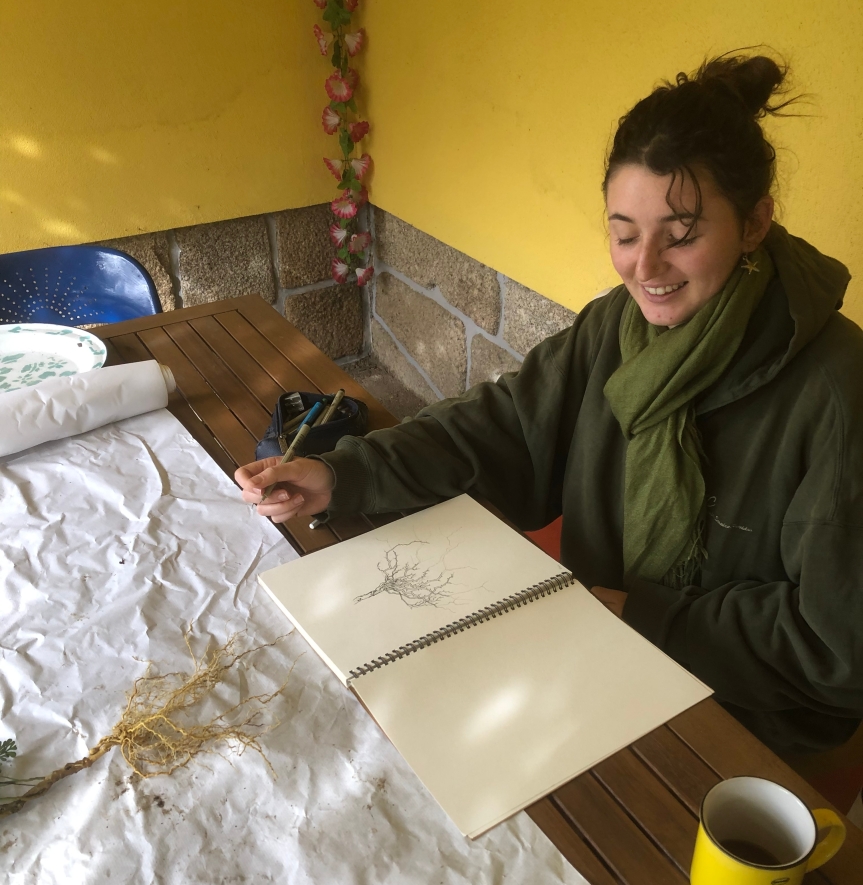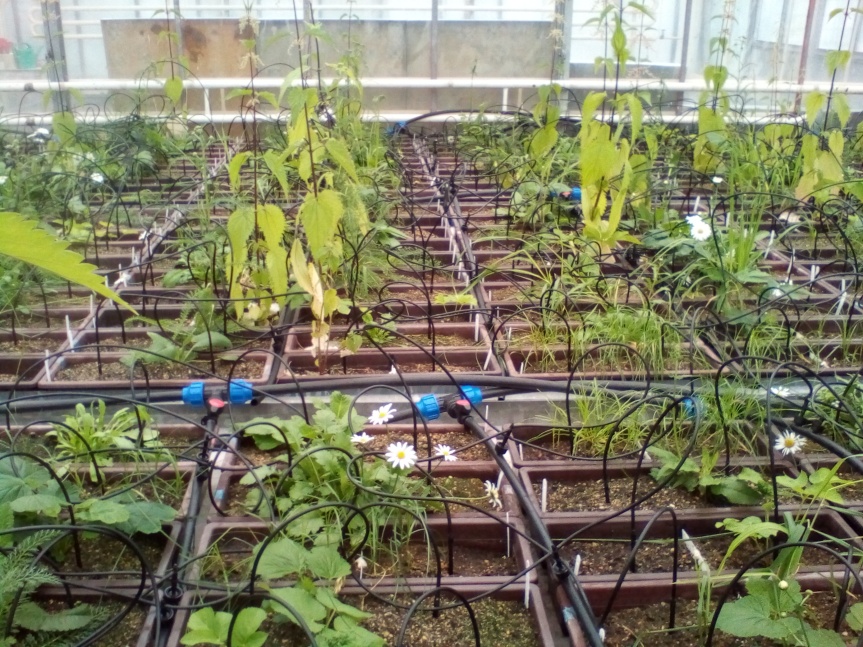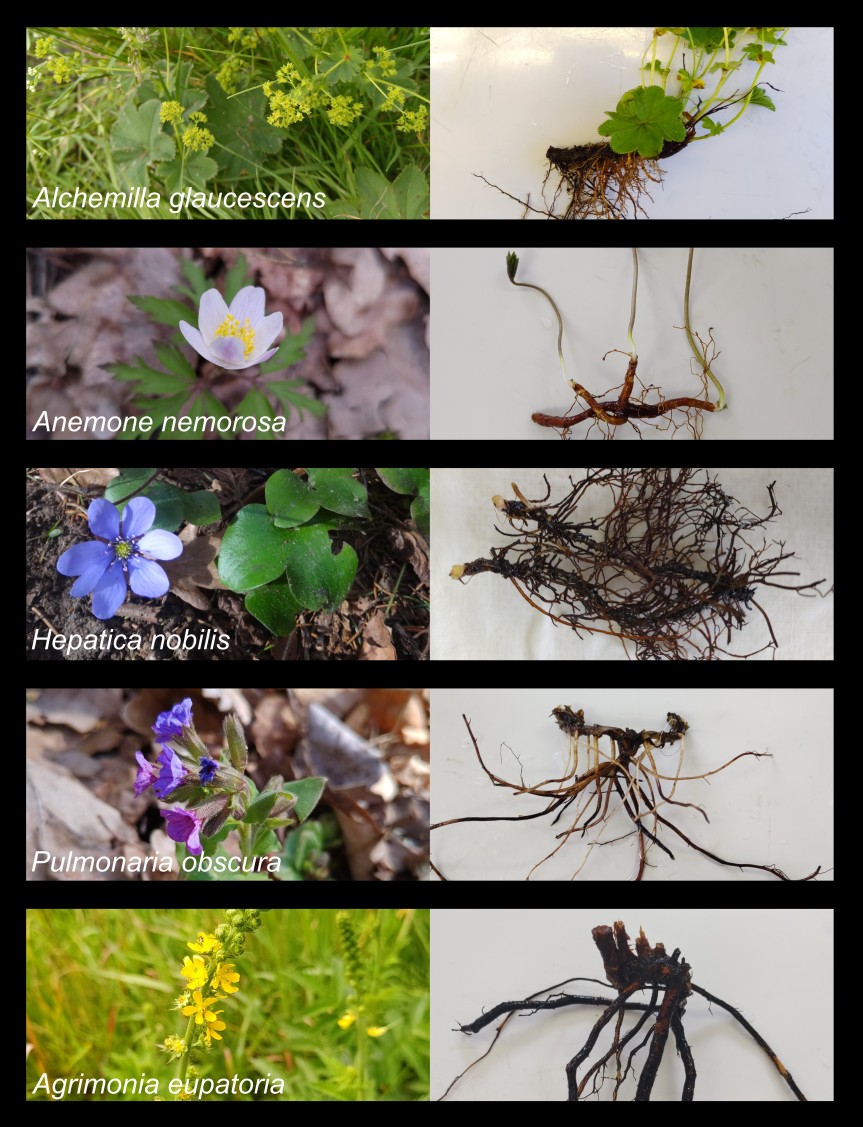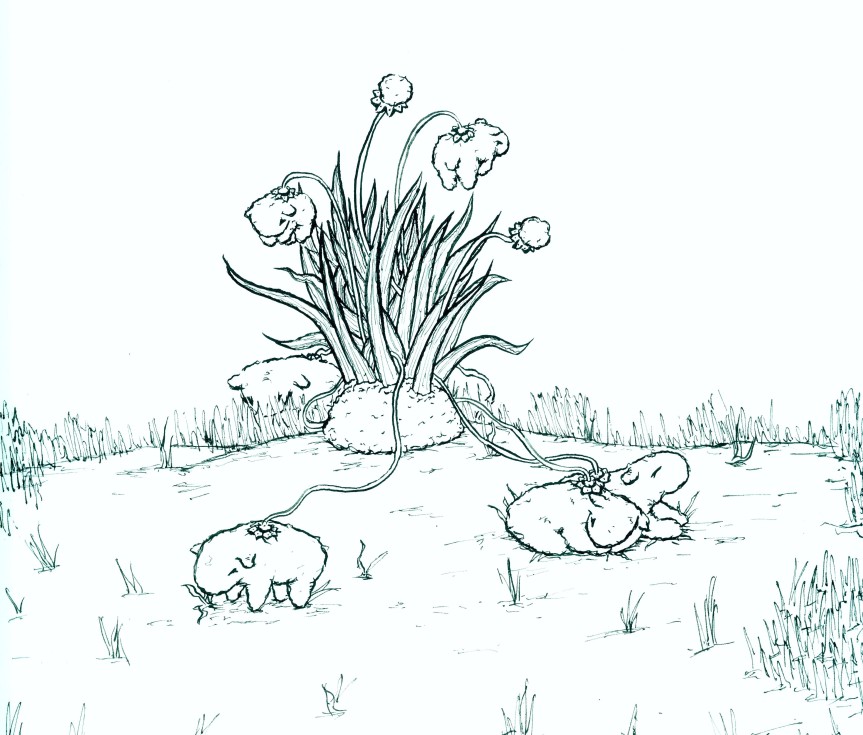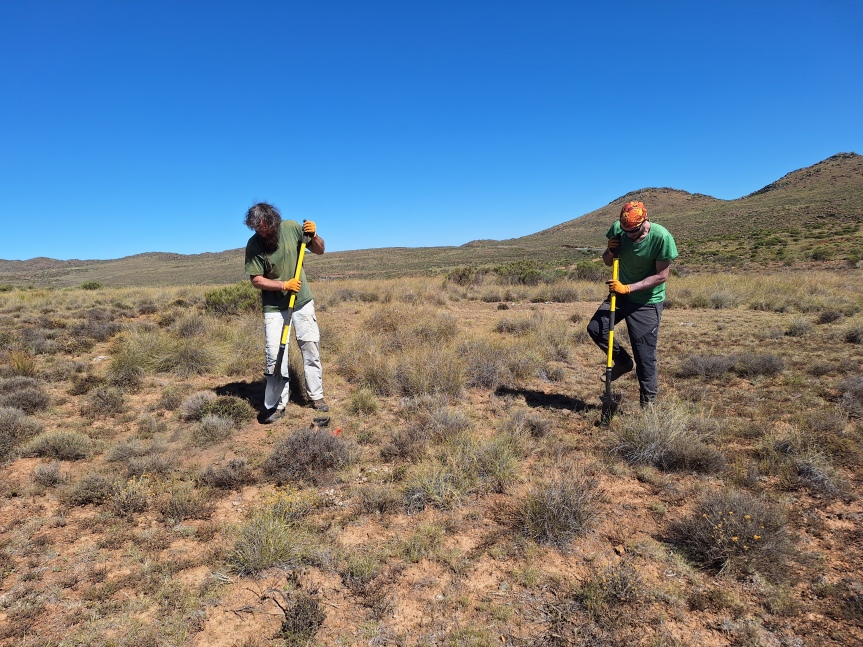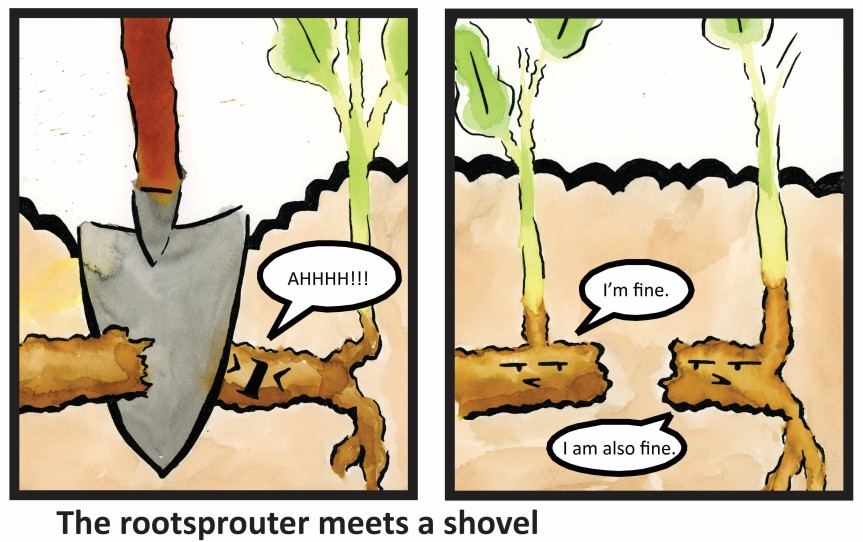Illustrations by F. Curtis Lubbe at the Institute of Botany of the Czech Academy of Sciences. The belowground compartment isn't only fascinating, it is also inspiring and sometimes relatable. Here is a small series of illustrations inspired by the belowground storage organs of plants featuring a sleepy taproot, hungry stem tuber, grumpy bulb, multiplying rhizome, … Continue reading Belowground slice of life
Looking belowground can tell us how forest trees will react to environmental changes
New research by Michela Audisio, PhD candidate at Göttingen University, Germany. There is much more to trees than we see aboveground, and their interactions with fungi belowground are vital for their survival. Trees rely on the symbiotic interaction with specialized soil fungi to take up important resources such as nutrients and water. In exchange for … Continue reading Looking belowground can tell us how forest trees will react to environmental changes
The journey belowground: Gardens, nurseries, and beyond
A commentary by Noel Kingsbury including his work with Úna Sherer (pictured). Gardeners always seem to accept the importance of roots, but in a way that is entirely rhetorical and never followed up with any real desire to investigate. Modern nursery production containerises almost everything, thus the consumer will never see anything anyway, just the … Continue reading The journey belowground: Gardens, nurseries, and beyond
Rhizomes are important: Results from a split-pot drought study
Recent research by F. Curtis Lubbe from the Institute of Botany of the Czech Academy of Sciences. Although the importance of belowground storage organs in plant life appears clear to many of us, there is still some debate on the exact role and importance of these organs. Some argue that allocation of carbohydrates belowground is … Continue reading Rhizomes are important: Results from a split-pot drought study
Is belowground storage for use in spring or in summer?
Research by Tim Harris at the Institute of Botany of the Czech Academy of Sciences. In temperate environments, many of the herbaceous plants are perennial. In contrast to trees and shrubs, winter conditions lead to the dieback of aboveground stems of herbs. But when favourable conditions return, perennial herbs can replace their shoots aboveground using … Continue reading Is belowground storage for use in spring or in summer?
The vegetable lamb
Illustrations by F. Curtis Lubbe at the Institute of Botany of the Czech Academy of Sciences. One of the most interesting legendary plants is the vegetable lamb of Tartary. Allegedly this lamb grows from a stalk and grazes the nearby area. The idea is rather adorable but it was always lacking a mention of the … Continue reading The vegetable lamb
Belowground in the Karoo of South Africa
Photos by Jana Martínková Institute of Botany of the Czech Academy of Sciences. We at ExFuMo (Department of Experimental and Functional Morphology) like belowground plant organs, we like to travel, and we are curious about what goes on belowground in places other than our own home in the Czech Republic. So, a few times a … Continue reading Belowground in the Karoo of South Africa
Botanical art in an ongoing series in Plant Science Bulletin
A news item written by F. Curtis Lubbe at the Institute of Botany of the Czech Academy of Sciences. In science-meets-art news, a series of issues of Plant Science Bulletin by the Botanical Society of America will be published as part of their Art in the Botanical Sciences: Past, Present, and Future series. This series … Continue reading Botanical art in an ongoing series in Plant Science Bulletin
Why go belowground?
A commentary by F. Curtis Lubbe at the Institute of Botany of the Czech Academy of Sciences. The belowground lives of plants are very different than those we see above the soil. As aboveground, in the soil plants grow, branch, forage, compete, and have complex multualistic relationships. However, all of these processes are a bit … Continue reading Why go belowground?

